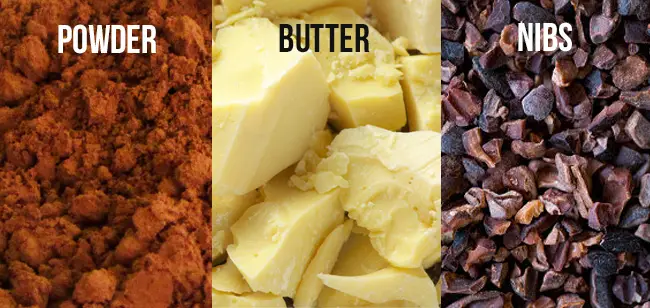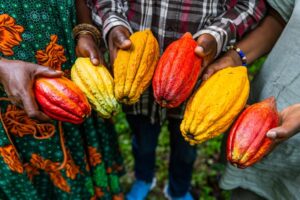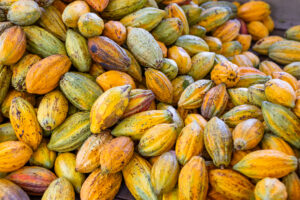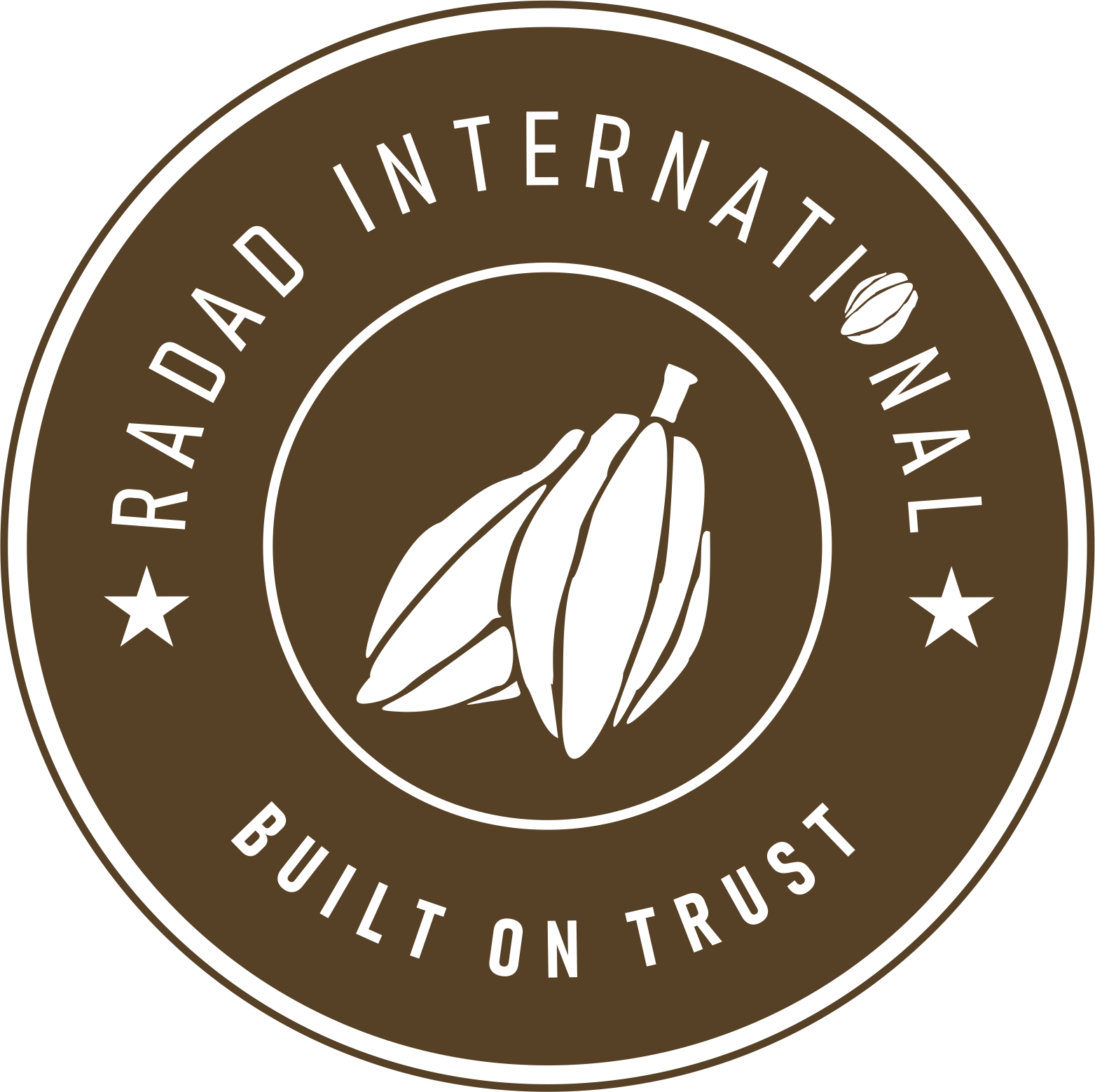If there's one thing that never goes out of style in the UAE, it's the love for rich, luxurious desserts. From traditional Arabic sweets to high-end European pastries, cocoa plays a central role in creating the indulgent flavors that people crave. In fact, UAE bakeries—whether in Dubai, Abu Dhabi, or Sharjah—are seeing a steady rise in demand for high-quality cocoa products.This isn’t just about the average chocolate cake anymore. Think handcrafted bonbons, date-filled chocolate delights, rich ganache tarts, chocolate-covered baklava, and more. Behind every one of these creations is a cocoa-based ingredient that delivers on taste, texture, and aroma. So, what are the top cocoa products currently in high demand across UAE bakeries?
Alkalized Cocoa Powder (Dutch-Processed)
Dutch-processed cocoa powder, commonly called alkalized cocoa powder, is prized for its glossy color and mellow flavor. Unlike natural cocoa, this powder undergoes an extra step in which it is treated with an alkaline solution—often potassium carbonate—that neutralizes its natural acidity. It’s processed to reduce acidity and has a darker color and smoother flavor compared to natural cocoa powder. The result is a deep brown powder with a smooth taste that doesn’t overpower other ingredients.
In UAE bakeries, chefs rely on Dutch-processed cocoa for everything from classic birthday cakes to upscale wedding confections. The consistent pH level ensures that batters rise predictably and that frostings maintain a silky texture. For example, a patisserie might use this powder to create a layered chocolate opera cake, where each thin layer retains its shape and flavor without any bitter aftertaste.
Why it’s in demand:
- It blends easily in recipes, especially for cakes, brownies, cookies, and frostings.
- Its deep, rich flavor enhances both traditional Arabic sweets and modern chocolate desserts.
- The color gives baked goods a premium, high-end look.
Use case in UAE bakeries:
Many bakeries use alkalized cocoa powder, widely for signature chocolate cakes, gourmet brownies, and upscale pastries. In Dubai, it’s especially popular in fusion desserts like chocolate kunafa and chocolate-stuffed dates.
How to Use:
Substitute Dutch-processed cocoa one-for-one with natural cocoa in recipes, but switch baking soda to baking powder. Store the powder in a cool, dry place below 20°C, and seal it tightly to prevent moisture from causing clumps.
Cocoa Butter
Cocoa butter is another essential ingredient, especially in high-end and health-focused bakery offerings. It is the pale-yellow fat pressed from cocoa beans, and its characteristic is that it has a creamy texture that’s ideal for enhancing mouthfeel. It melts just below body temperature, giving chocolates and ganaches that signature melt-in-the-mouth feel. Because it’s a pure plant fat, cocoa butter is naturally lactose-free and vegan, making it a favorite for dairy-free or health-focused dessert lines.
At upscale hotels, pastry chefs use cocoa butter to craft mirror-gloss glazes that shimmer under display lights and hold up beautifully in warm kitchens. A single-origin cocoa butter may also be used to make custom chocolate bars, where subtle notes of caramel or fruit emerge in each bite.
Why it’s in demand:
- Used in chocolate fillings, truffles, and glazes.
- Adds a luxurious, smooth feel to frostings and mousse-based desserts.
- Popular among vegan and dairy-free bakers as a natural fat alternative.
How to Use:
When making ganache, blend melted cocoa butter with high-quality dark chocolate to increase shine and stability. Temper cocoa butter for dipping and molding by heating to 34–36°C, cooling to 26–28°C, then gently rewarming to 30–32°C.
Natural (Non-Alkalized) Cocoa Powder
Natural cocoa powder is less processed and retains more of the bean’s original acidity and complexity. It’s lighter in color but packed with flavor, making it ideal for certain recipes. With a reddish-brown hue and bright chocolate notes, this powder reacts vigorously with baking soda to create light, airy cakes and quick breads.
In artisanal bakeries, natural cocoa is valued for traditional recipes like sponge rolls and marble cakes, where the slight tang of cocoa balances rich butter and sugar. Health-focused cafés also incorporate natural cocoa into protein smoothies and overnight oats, leveraging its antioxidant properties.
How to Use: Use natural cocoa when baking with baking soda. Increase the leavening agent by about 25% compared to recipes using Dutch-processed cocoa. Store in a low-humidity environment to maintain freshness.
Why it’s in demand:
- Preferred for recipes that rely on baking soda as a leavening agent.
- Offers a lighter chocolate flavor, suitable for traditional desserts.
- Often used in smaller bakeries that emphasize organic or natural products.
With “UAE bakery suppliers” focusing on cleaner labels and fewer additives, natural cocoa powder is finding a strong niche among artisan bakeries and health-conscious dessert makers.
Use case in UAE bakeries:
You’ll often find natural cocoa powder in recipes for Arabic-inspired chocolate cakes, cocoa-date muffins, and other fusion treats that marry traditional and modern flavors.
Cocoa Liquor (Cocoa Mass)
Cocoa liquor, often called cocoa mass, is pure ground cocoa nibs containing both cocoa solids and cocoa butter, offering intense flavor and richness. It delivers a full-bodied chocolate experience that powder or butter alone cannot match.
Pastry chefs turn to cocoa liquor when creating bean-to-bar chocolates or signature dessert components. For example, a chocolate fondant with a buttery, slightly bitter center uses cocoa liquor to achieve that oozy consistency and deep flavor.
Why it’s in demand:
- Used to make high-end chocolate products and fillings.
- Offers deep, intense chocolate notes perfect for gourmet confections.
- A favorite among chocolatiers and bakery chefs aiming for authenticity.
How to Use:
Cocoa liquor is widely used in the chocolate-making section of premium bakeries across Dubai. It’s found in rich chocolate ganache, artisan truffles, and luxury cake fillings. To make ganache, combine equal parts heated cream and cocoa liquor. For tempering, use precise temperature steps: heat to 45°C, cool to 27°C, reheat to 31°C. Store in sealed, cool locations to prevent flavor loss.
Cocoa Nibs
Cocoa nibs are simply roasted cocoa beans cracked into small pieces. They offer a robust crunch and intense chocolate flavor without added sugar. Rich in fiber and antioxidants, nibs find their way into health-conscious and gourmet bakery items alike.
In wellness bakeries, cocoa nibs are sprinkled over acai bowls, folded into granola bars, or used as a crunchy topping on vegan cupcakes. Their bitterness contrasts beautifully with sweet glazes, creating a multidimensional taste experience.
How to Use:
Add nibs directly into batters or use as a topping. To soften them slightly, soak in warm simple syrup or espresso for 5–10 minutes. Store in airtight containers away from humidity. You’ll find cocoa nibs featured in everything from trendy chocolate-avocado cakes to fitness bars and plant-based bakery products in Dubai.
Why it’s in demand:
- Ideal for healthy, high-fiber bakery items like granola bars, cookies, and muffins.
- Used for toppings in chocolate tarts, cakes, and even baklava.
- Appeals to health-conscious consumers seeking low-sugar options.
With the growing interest in plant-based and functional foods, cocoa nibs are becoming a popular topping and ingredient in new-age dessert offerings.
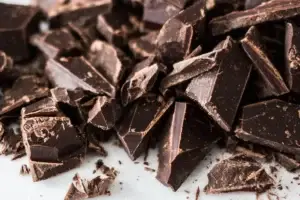
Best Practices for Cocoa Storage in the UAE
To keep cocoa ingredients fresh in the UAE’s hot climate:
| Cocoa Product | Storage Tips |
| Alkalized & Natural Powder | Store airtight at 18–20°C, away from light and moisture. Rotate stock every 6–12 months. |
| Cocoa Butter | Keep below 20°C in sealed packaging. Shelf life: 12–18 months. |
| Cocoa Liquor | Store in airtight containers in temperature-controlled rooms. Avoid humidity. |
| Cocoa Nibs | Use resealable bags. Store below 60% humidity to maintain crunch. |
Pro Tip: Partnering with reliable suppliers like Radad International ensures consistent quality, proper certifications (ISO 22000, HACCP, Halal), and expert technical support.
Practical Tips for Sourcing and Storage
Partner with Reputable Suppliers: Look for ISO and HACCP certifications, stable supply chains, and traceability programs.
Bulk vs. Small-Batch Purchases: Forecast demand before peak seasons like Ramadan and adjust Minimum Order Quantities (MOQs) to balance cost and storage.
Climate-Controlled Storage: Maintain 15–20°C and low humidity (<55%) for powders; 15–18°C for butters and liquor.
Rotate Inventory Regularly: Use the First-In, First-Out (FIFO) method to ensure freshness.
The Rising Trend of Chocolate in UAE
Chocolate, in general, is experiencing a golden age in the UAE. From high-end brands opening stores in Dubai malls to locally made gourmet bars, chocolate is being explored in every form.
Trending products:
- Chocolate-covered dates and nuts (especially during Ramadan)
- Filled chocolate pastries inspired by Arabic flavors
- Vegan and keto-friendly chocolate cakes
- Custom bonbons with saffron, rose, and cardamom fillings
Dubai confectionery demand: Tourists and locals alike are now expecting more innovation in dessert offerings. Cocoa-based creations are no longer just an option—they’re a necessity.
This growing demand has led many bakery owners to partner with reliable cocoa suppliers to ensure consistent quality and bulk availability. Having a dependable supplier like Radad International ensures that bakeries never run out of key ingredients during peak demand seasons.
FAQs
- What type of cocoa powder is best for UAE bakeries? Alkalized cocoa powder is preferred for its smooth taste and rich color, ideal for cakes and brownies. Natural cocoa is also used in traditional or health-conscious recipes.
- Can I use cocoa butter for vegan recipes? Yes. Cocoa butter is a plant-based fat and is commonly used in vegan baking to replace dairy-based fats like butter or cream.
- What’s the difference between cocoa mass and cocoa powder? Cocoa mass (or liquor) contains both cocoa solids and cocoa butter, offering a deeper, richer chocolate flavor. Cocoa powder is just the solid part and has less fat.
- Are cocoa nibs sweet? No. Cocoa nibs are unsweetened and have a strong, slightly bitter chocolate flavor. They add texture and crunch without extra sugar.
- Where can bakeries in Dubai buy bulk cocoa products? Bakeries can source high-quality cocoa products in bulk from suppliers like Radad International, who import and distribute various cocoa products across the UAE.
- Which cocoa product is best for chocolate truffles? A combination of cocoa liquor and cocoa butter is ideal for making truffles, offering both structure and melt-in-mouth texture.
- Is there a demand for vegan chocolate in the UAE? Absolutely. With growing health trends, many bakeries are offering dairy-free and plant-based chocolate desserts, using ingredients like cocoa butter and cocoa powder.
- Do Arabic sweets use cocoa products? Yes. Modern versions of Arabic sweets like baklava and maamoul now include chocolate variations made with cocoa powder, cocoa butter, or chocolate glaze.
- What makes a good cocoa supplier? Consistency, quality assurance, on-time delivery, and a range of products are key. Trusted suppliers like Radad International offer all of this.
- Can small bakeries also buy from bulk suppliers? Yes. Many cocoa suppliers in the UAE, including Radad International, cater to both large chains and small artisanal bakeries.
What certifications matter most for cocoa sourcing?
ISO 22000, HACCP, Halal, and recognized ethical trade labels.

